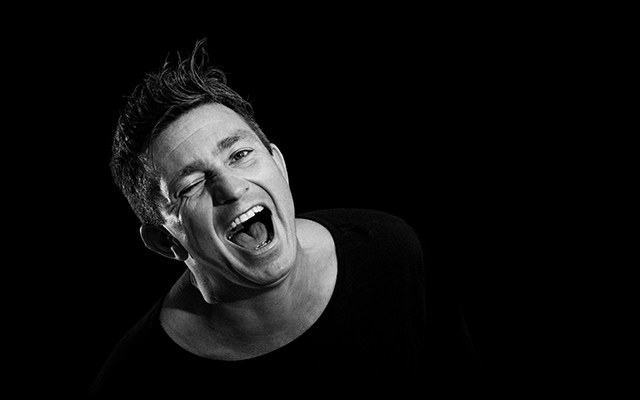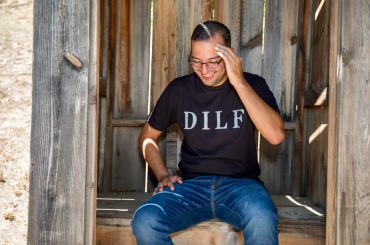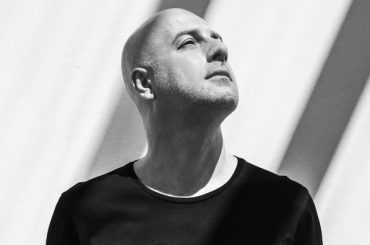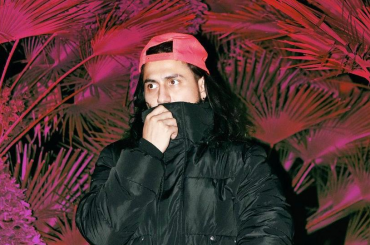Matthew Benjamin may not be as well-known as many of the festival faves gracing the globe’s biggest stages, but as a DJ/producer he’s probably accomplished more, and certainly for a longer period of time.
Operating under a number of solo aliases (Matthew B, Just Be, Bushwacka!) and as one-half of the hitmaking duo Layo & Bushwacka!, the London-based Benjamin has been instrumental in a variety of successful studio projects, memorable club residencies and seminal underground one-offs for nearly three decades.
Benjamin’s dance-music bona fides are unimpeachable. After playing percussion as a schoolboy for the London School Symphony Orchestra, he had his mind blown by the original U.K. acid-house scene of the late 1980s. Hopelessly absorbed into the nascent underground culture, he began to work for The Rat Pack, London’s legendary rave crew, first handing out flyers, then DJing for the collective. He spun raves, played on pirate radio, then learned his production chops at studio-engineering school. After landing a job working at the studio run by Mr. C of The Shamen, he began to release his own music. In 1995 with partner Mark Varney (aka DJ Vorn), he opened Plank Records and, a couple years later with record retailer Lewis Copeland, he unveiled its subsidiary label, Oblong. Both imprints released quality tech-house and breaks material that flooded U.K. clubland into the following decade.
Before long, he met Layo Paskin and formed Layo & Bushwacka!, which went onto global status as leaders in the original tech-house movement. Additionally, in 1995, Paskin and Mr. C became principals in The End, one of clubland’s greatest venues and the epicenter of a variety of genre scenes – tech-house, drum-n-bass, U.K. garage, dubstep and more. L&B’s residency at The End became one of the highlights of the venue’s 13-year run, which ended in early 2009.
After four albums with L&B and club hits like 2002’s “Love Story,” Paskin retired from the music scene in 2013. But Benjamin forged ahead, releasing solo music and remixes for influential underground labels like Get Physical, Crosstown Rebels/Rebellion, MOOD, Suara, Intec, Tronic and others. Additionally, he’s remained an in-demand DJ at major clubs around the world, like DC10 and Space in Ibiza.
Now Benjamin has returned with the digital re-release of the catalogs from Plank and Oblong, which ceased production in 2003. Now, via download and streaming services, DJs and fans can enjoy classic tech-house and breaks tracks, plus they can expect new releases in 2017.
“I started these labels basically 20 years ago as an extension of me,” says Benjamin. “They gave me the freedom to put out music I loved, made alone or with close friends, and explore the fusion of breaks, jazz, trip-hop and house. These were tracks I could incorporate into my sets or form entire performances from to create a very special energy on the dancefloor.”
In a recent interview with DJ Times, Benjamin details how a Ladbroke Grove kid from West London became a global DJ/producer, rolling with all the changes thrown his way.
DJ Times: Doing the digital re-releases of these catalogs must bring back some memories. For younger DJs who may not know, what was it like for a DJ/producer to run a label back in the days of vinyl/physical product? Anything you miss about those days? As a label guy? As a DJ?
Benjamin: For us, it was about making really exciting music and turning it into physical product, getting it cut, test pressings, giving them to our heroes and peers, and finally releasing the records. And with Plank, for the most part, it was me and my close friends that made the music, whereas with Oblong that was more of a label to put other artists’ music out on, too. It was very different back then, the whole procedure. I miss the human connection in the record shops. That was such a massive part of the experience – going in to buy tunes, and that day when you walk in and one of your tunes has made it onto the wall!
DJ Times: What were the biggest challenges in making all this music available again?
Benjamin: This has been a labor of love. It’s taken two years to get to this point. From the DAT tapes going missing, to the whole DAT being recording in wrongly, to the guy given the job of archiving it disappearing with all the music for six months, to the studio getting flooded and all the original records getting damaged. It’s been and still remains a challenge. But it’s going to be worth it to have this music available for all to hear.
DJ Times: In the recent resurgence of dance music—especially as a commercial entity—breakbeats seem to have been left behind a bit, unlike the original Electronica scene of the late-’90s. Is that something you’ve noticed?
Benjamin: That happened a long time ago. The scene hit a wall. In fact, I think it regressed. There was nothing new developing there and people either got stuck in a time warp or moved onto other things. It’s not as easy to drop a full-on breakbeat tune in a house set anymore, but I still do!
DJ Times: DJs like Lady Waks seem to be spearheading a breaks resurgence – are you seeing that now? How do you view the current breaks scene?
Benjamin: I’ll be honest with you: I have no idea about the current breaks scene. I have just been steaming ahead with this project, on top of my tech-house and techno productions and my venture into the world of futuristic ambient electronica and soundtrack work. I am curious, now you mention it, to check it out.
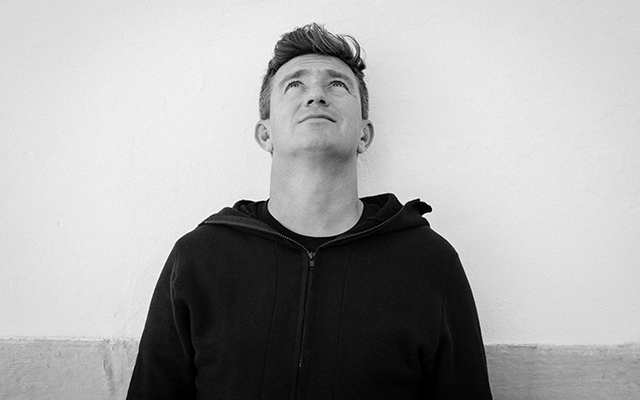
DJ Times: Tech-house, as it’s currently described, does seem to be enjoying a bit of favor, from the likes of Patrick Topping and others. Do you see any difference from its original breakthrough back in the ’90s/early ’00s?
Benjamin: It’s not different. There is just so much more of it and so many more people playing it. I am proud to have been a part of it the first time around and I still love it now, but it’s no longer new for me.
DJ Times: Let’s talk about “Whiplash.” How did you put that track together in the studio? What was your process?
Benjamin: I felt it had been so long since I wrote an old-school, electro-style track, and this came together pretty quickly. But it’s almost a 4/4 track at the same time – there is a house kick pattern underneath it, so hopefully it can cross over for some people. My process was to get the 32-bar loop sounding evil, and then push the production on it so it hits the right frequencies and cuts through.


